The best TV dramas on Peacock
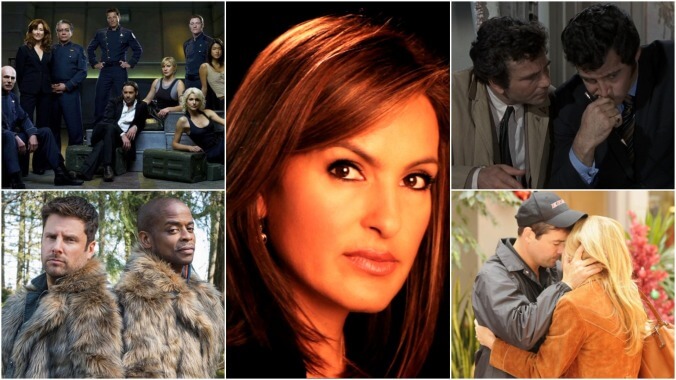
Streaming libraries expand and contract. Algorithms are imperfect. Those damn thumbnail images are always changing. But you know what you can always rely on? The expert opinions and knowledgeable commentary of The A.V. Club. That’s why we’re scouring both the menus of the most popular services and our own archives to bring you these guides to the best viewing options, broken down by streamer, medium, and genre. Want to know why we’re so keen on a particular show? Click the links for some in-depth coverage from The A.V. Club’s past. And be sure to check back often, because we’ll be adding more recommendations as shows come and go.
In the mood for something comedic? We’ve got you covered there, too.
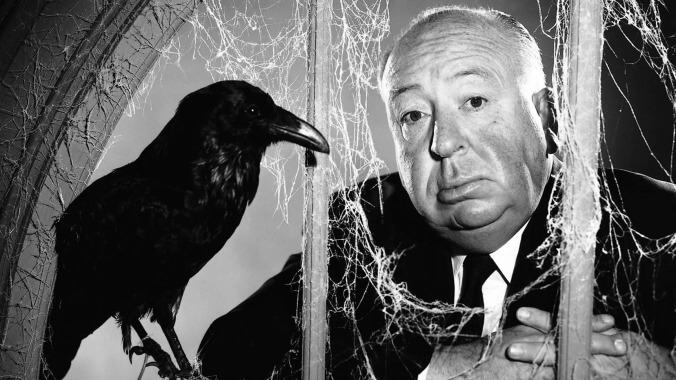
Alfred Hitchcock Presents is versatile in tone and subject matter, but its most common theme is how rotten seemingly respectable people can be. As Hitchcock explained when welcoming viewers back to the show one autumn, “When crime is occasionally dealt with [on this show], it will be crime as practiced by ordinary people, like the fellow next door. I think that, by spring, a large number of you will be thinking of moving.”Many episodes are like Breaking Bad in 30 minutes or less, in which sudden greed or wounded pride can lead someone to bump off a spouse, best friend, or random stranger. Sometimes, characters try to rationalize their actions: “Man has the right to help nature along. I mean, if it gets stubborn,” says a wastrel who tries to kill his spinster aunt, by putting ground glass in her food, in “A Perfect Murder.” Other times, they just revel in their villainy: “I consider you and your morality excess baggage!” Darren McGavin’s character spits at his girlfriend when she balks at killing yet another rich old lady in “The Cheney Vase.” []
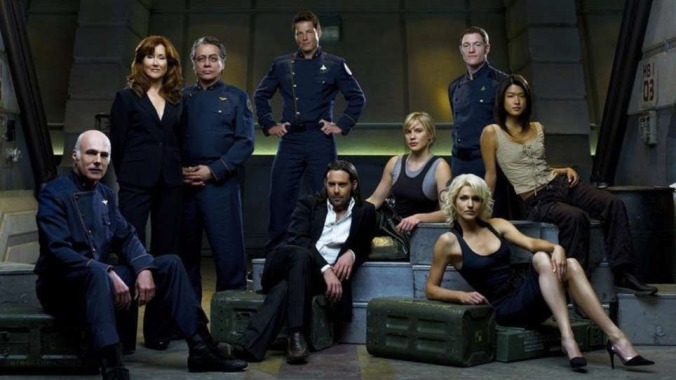
From our list of :In traditional narratives, escape from disaster is about trying to return to the old life as quickly as possible. Once the worst has happened, rebuilding what was lost becomes the survivors’ main goal. That’s nominally the goal of the miserable remnants of humanity left in Battlestar Galactica, but one of the series’ most effectively subversive elements is how it questions just what it means to “rebuild.” In a more traditional show, humanity’s leaders (Edward James Olmos and Mary McDonnell) would’ve guided Jamie Bamber, James Callis, Katee Sackhoff and the rest to some haven where they could take cover and eventually defeat the Cylon race bent on exterminating them. Instead, creator Ronald Moore gave audiences the fumbling of two species bent on discovering grace, with all the confusion and terror that implies. The show’s often-tortured mythology doesn’t always work, especially in a final season that tried too hard to tie up threads that weren’t loose so much as irrelevant. But the end result is still a powerful meditation on grief, loss, and the responsibilities of consciousness.
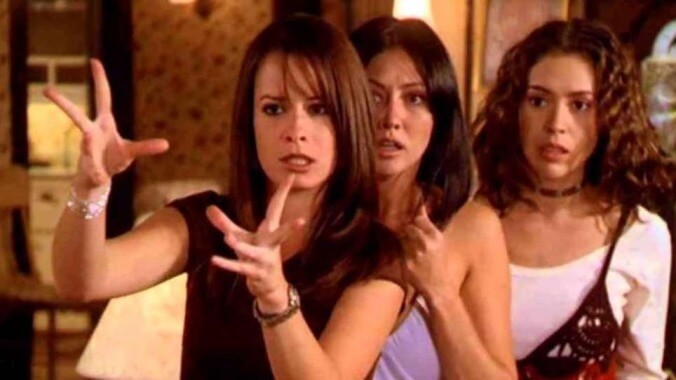
Charmed told stories about family and sisterhood through the scope of a supernatural procedural. Most episodes follow a similar pattern: The demon of the week attacks, the Halliwell sisters fail to defeat it a few times before ultimately escaping at the last minute—usually due to some sort of convenient loophole or technicality—and then the sisters regroup at P3, the nightclub owned by middle sister Piper, for some post-demon catharsis. Again, those demons usually play into some larger, more emotional part of the story—inner demons manifest as physical demons. As the series progresses, the demons become more and more powerful, but the Charmed Ones always find a way. The sisters have an alarming habit of winding up unconscious on the floor of their spectacular Victorian-style manor, gashes on their heads, blood spilling from their ears. But with the help of Leo—their Whitelighter, essentially a guardian angel—they always get up, wipe away the dirt and demon guts, and do it all over again. []
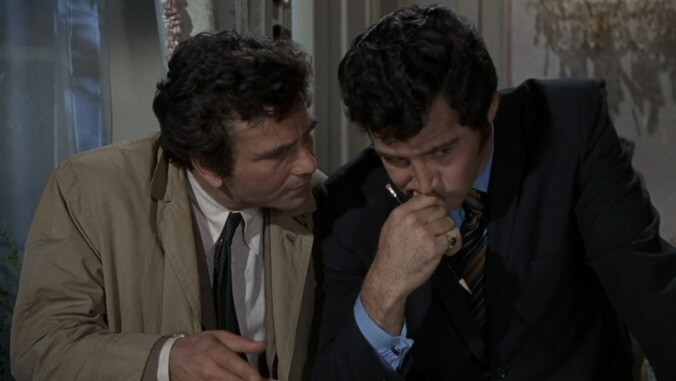
Columbo began as a secondary character in [Richard] Levinson and [William] Link’s play, Prescription: Murder; the Broadway run starred Joseph Cotten as a murderous husband and Agnes Moorehead as his wife and victim. With that marquee talent in the lead roles, the playwrights were astounded to discover that the character who riveted the audience most of all was the disheveled, disarming detective who cracks the case almost apologetically. A filmed version of Prescription: Murder in 1968 became the first Columbo pilot, with New York actor Peter Falk taking on (and owning) the sleuth’s role.Prescription: Murder set up the Columbo template: After a drawn-out, elaborate murder scheme—carried out by one of the biggest stars of the day—Columbo stumbles in 20 minutes later to solve the case. The show offered a genius twist on the tired “whodunit” schemes so common in Agatha Christie mysteries, as the viewer began every Columbo episode already knowing the identity of the culprit. In their book Stay Tuned: An Inside Look At The Making Of Prime-Time Television, Levinson and Link credit the Columbo method to the “inverted mystery form” of R. Austin Freeman, who asked, “Would it be possible to write a detective story in which the reader was made an actual witness of the crime and furnished with every fact that could possibly be used in its detection?” Apparently it was, leading to 68 episodes and four Emmys for Falk. The trick was in watching how the detective would outsmart these murderers, who were usually brilliant (and conceited) artists, creators, or moguls at the top of their respective fields. []
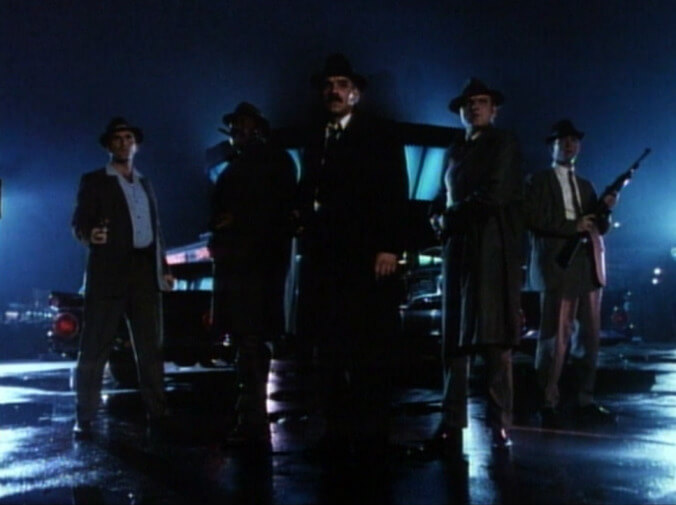
’s influence was felt less immediately than Miami Vice’s, which is part of the reason it was canceled more swiftly: Its serialized structure laid the groundwork for today’s continuity-obsessed prestige dramas, but also lowered the period piece’s esteem in NBC’s eyes. Miss one chapter in the cat-and-mouse game between the Chicago Major Crime Unit and gangster Ray Luca (Anthony Denison), and you might as well have missed them all. It certainly didn’t help when things moved from the Windy City to Rat Pack-era Sin City in the second season—but thanks to the wonders of streaming, you won’t miss a beat in Lieutenant Mike Torello’s (Dennis Farina) cross-country pursuit of Luca and his goons. []
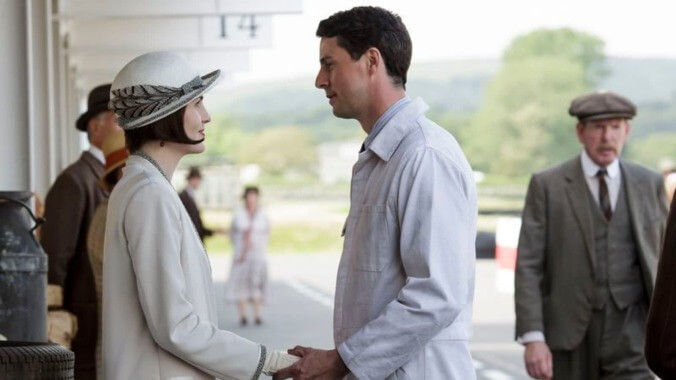
The Mad Men of the 1910s, is an immaculately constructed period drama that follows the lives of a rich noble family tasked with maintaining an abbey and the lives of its many maids/butlers. During the show’s excellent first season, it’s often impossible to tell who has it worse. The dire search for a suitable abbey heir is just as important and pressing as a servant-driven plot to oust a perfectly friendly worker. One of the noble daughters bonds with a maid, while another scoffs at those below her, and the maid is punished for not knowing her place. Like Mad Men, the series embeds itself into a specific time and place so deeply that the accompanying aesthetic feels both completely alien and hauntingly familiar. []
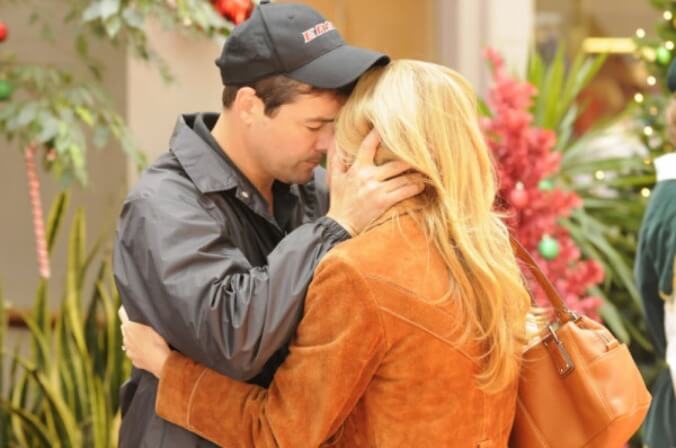
Nominally a show about high-school football teams, Jason Katims’ beloved adaptation of Friday Night Lights used the Dillon Panthers and East Dillon Lions as gateways to explore all the lives lived within a small West Texas town—all the dreams and setbacks and heartbreak of its residents. The simple drama of the everyday ascended to an epic level for the players, coaches, and residents of Dillon, the stage of the football field frequently the only place where anything in life made sense to any of them. And on a day where family is important, there’s no better family to look to for inspiration than Eric and Tami Taylor, played to perfection by Kyle Chandler and Connie Britton. []
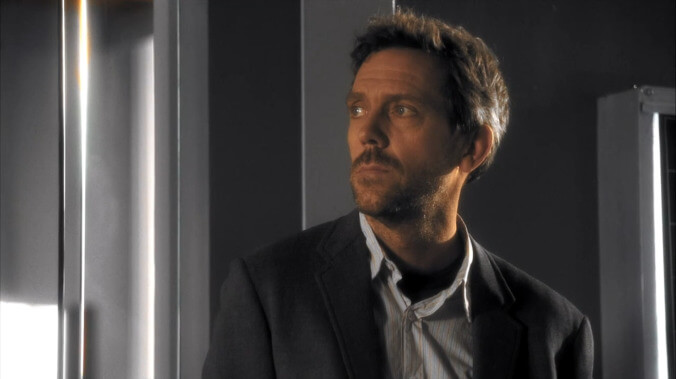
Of the many permutations of Sherlock Holmes who’ve made television their deducting grounds in the 21st century (including the one further down this list), none can match Dr. Gregory House (Hugh Laurie) for sheer prickliness. Ornery, manipulative, needy: He’s the complete package, leading—as much as a miserable cuss like House can be considered a leader—gifted diagnosticians as they solve medical mysteries that are as difficult to turn away from as they are outrageous. The show’s Princeton-Plainsboro Teaching Hospital can feel like a high-speed revolving door for House’s team—which includes, at one time or another, Olivia Wilde, Kal Penn, Omar Epps, Jennifer Morrison, and Peter Jacobson—and later seasons have a tendency to push the good, pill-popping doctor’s bad behavior to extremes. But Laurie is never less than captivating in a role that netted him six Emmy nominations, particularly when he’s engaged in a verbal sparring match with his boss and foil Dr. Lisa Cuddy (Lisa Edelstein) or standing in stark contrast to the more straightforwardly noble Watson figure working on the edges of Vicodin Holmes’ parade of peculiar maladies and , Dr. James Wilson (Robert Sean Leonard). []
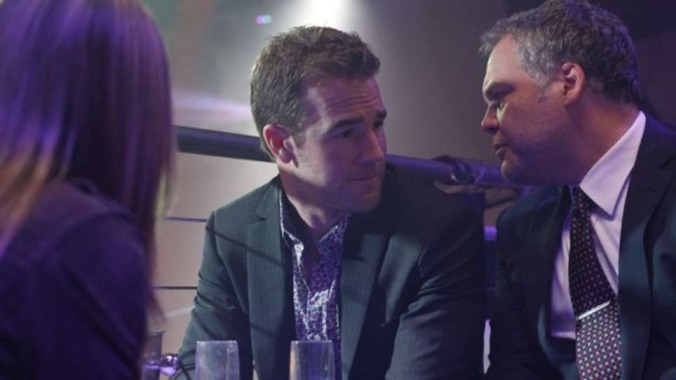
How was this Law & Order supposedly different from every other Law & Order? When the show was launched back in 2001, the explanation that was offered was that this show would balance out what we saw of the police investigation with scenes designed to show how the criminals themselves were experiencing the events. It wasn’t too far into the first episode before the average viewer realized that what this meant, in practice, was that Criminal Intent was less like Law & Order than like every other murder-of-the-week cop show that had come before it, especially those shows where an iconic, quirky hero, Kojak or Columbo or whomever, did his detecting between visits to check in on whoever was sweating it out in the role of that week’s special guest villain. And with Vincent D’Onofrio’s hulking, neurotic genius detective Robert Goren, the show had a worthy addition to the pantheon. []
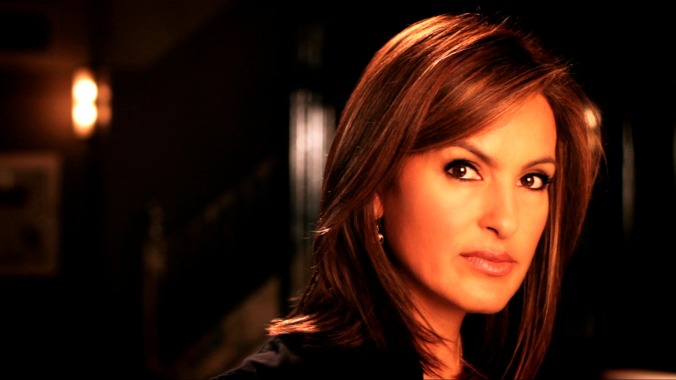
SVU offers up a particularly addicting flavor of discomfiting TV comfort food, ensuring that no matter what year you tune in, you’ll catch a bunch of basically good detectives trying to catch some very bad people with a minimum of distracting fuss. Meanwhile, [Mariska] Hargitay’s [Olivia] Benson is now officially the longest-running starring character in a live-action primetime show, kicking the ass of not only Gunsmoke’s Matt Dillon, but also Dr. Frasier Crane, which is honestly a DVD bonus feature we’d kind of like to see. []

Monk, USA’s comedy-procedural about a detective with OCD, was originally conceived by ABC executives as a show about a Clouseau-like buffoon starring Michael Richards. Richards passed, and ABC handed it over to USA. Then SNL alum Andy Breckman was brought in, and he turned to [Sherlock] Holmes as an inspiration. He created the character of Adrian Monk (superbly played by Tony Shalhoub) and surrounded the detective with a Watson-like nurse, Sharona (Bitty Schram) and a Lestrade equivalent, Police Captain Stottlemeyer (Ted Levine). Dimwitted Lieutenant Disher (Jason Gray-Stanford) rounds out the main ensemble.While Monk shares many of the qualities of his fellow sleuths—narcissism, a strong sense of justice, uncanny deductions—he lacks any of their coolness. Monk too can be offputtingly square at first glance, with its goofy sense of humor and preoccupation with puzzles. The macho aspects of Sherlock Holmes, his boxing background and occasional cocaine use, are gone. What remains is a fragile and lonely genius. Monk is the cowardly lion of the sleuthing set, terrified of everything from germs and heights to ladybugs and milk. []
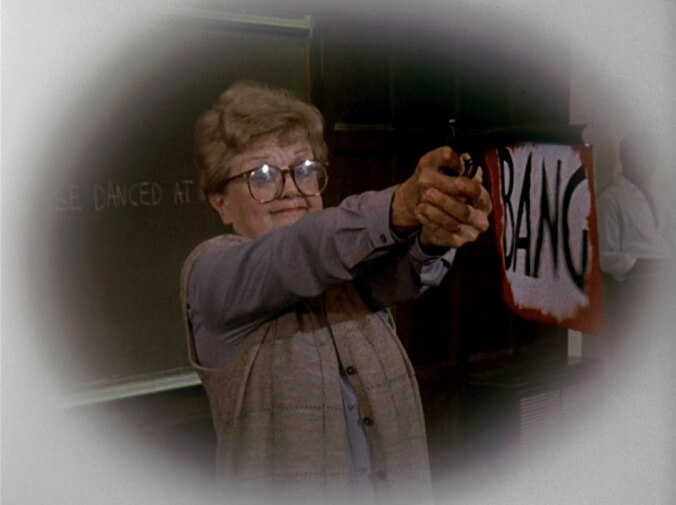
For 12 blissful seasons, Jessica Fletcher (Angela Lansbury) was the best amateur investigator on television, a charming widow and generous neighbor with boundless energy and a knack for stumbling into murder cases. When a mystery novel she wrote, just to amuse herself, gets published, she becomes a minor celebrity, though never turning her back on her family and neighbors, nor leaving the small town of Cabot Cove, Maine. Her success sends her across the country, where she inevitably (and almost immediately) earns the trust of local law enforcement through her considerable skill for deductive reason and good old-fashioned persistence. Though there are a few recurring characters—most notably Jerry Orbach’s Harry McGraw, who earned his own ill-fated spin-off—this is Lansbury’s house, and the role earned her 12 Emmy nominations (though not one win).There’s a refreshing simplicity to the homicides of Murder, She Wrote and the means by which they’re solved. There’s never much in the way of sturm und drang, even when a suspect’s lover or spouse is involved. While there’s certainly plenty of suspense, the characters are rarely vulgar, the crimes almost never horrific, and only occasionally does Jessica fear for her safety. It’s all very civilized and oddly compassionate, making it the perfect series to binge when stress (and distress) aren’t welcome companions. []
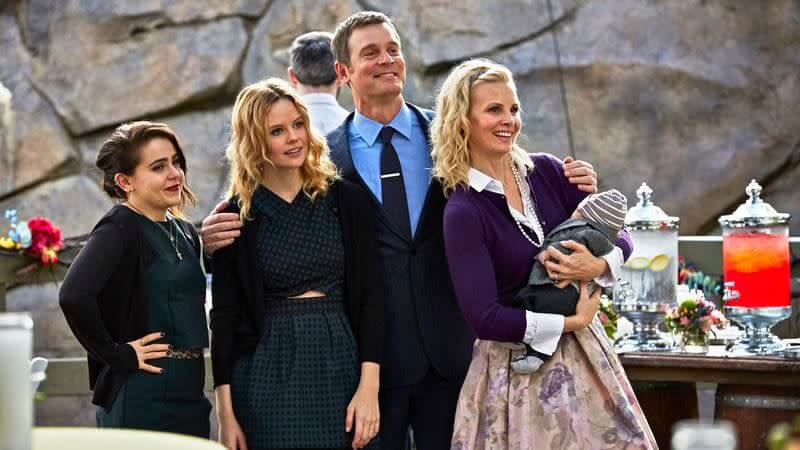
In a television landscape full of antiheroes, the Braverman family proudly flies the banner for the opposite side. is the rare family drama that gets better as it goes along, with the first half of season four sealing its place as one of the most touching hours on television. The show’s magic trick is consistently spinning storylines that could easily veer into after-school special territory into gripping, emotional, well-observed treatises on what it means to be part of a family—for better or for worse. []
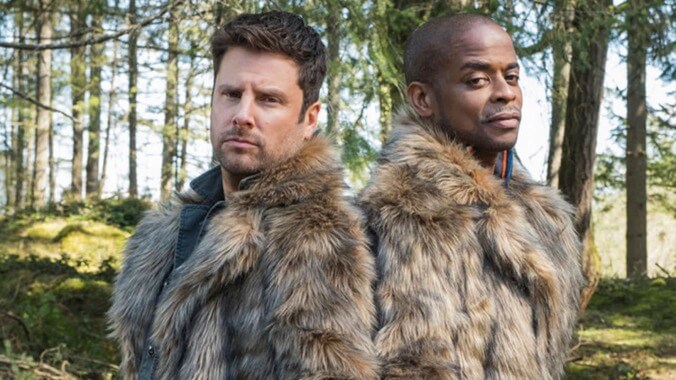
In the battle between authentic and fake psychics, the poseurs have a clear advantage. They coast on the bona fides of the real deal and link up with police precincts without suffering from any painful flashbacks from someone else’s life. But, they do have to produce results, otherwise they won’t be able to keep buying the pineapples and whatever fruit the fake psychic turned legit investigator enjoyed on CBS’ glossy Psych knockoff, The Mentalist. Luckily, Psych’s Shawn Spencer has an eidetic memory, extraordinary observational skills, and police training courtesy of his dad, which all come in handy. The Mentalist’s Patrick Jane, meanwhile, has a similar set of very particular skills, but assists a completely different law enforcement group. On their respective shows, Shawn and Patrick solve cases by making very educated guesses and recalling things that slip the minds of most murderers. It’s a career move so obvious that we watched it play out twice on TV. []

In the 1970s, no TV show pulled off the private eye sitcom quite as well as . When the show debuted in 1974, James Garner’s Jim Rockford was the perfect stand-in for America, a country that was still trying to exit an extremely unpopular war and had recently seen its crooked president resign: He was world-weary, pessimistic, and sardonic, but still attempting to fight the good fight. TRF continued through the ’70s, featuring standard detective conventions like femme fatales, cop buddies, and old flames, while adding some key modern aspects like disillusion with authority. The show was also noteworthy as an early series created by the prolific Stephen J. Cannell and a training ground for many future creators of legendary television, including The Sopranos’ David Chase. []

[A]t some point, decades from now, if “watching television” is still a popular pastime, someone’s going to look back with some befuddlement at the early 21st-century proliferation of pleasantly unambitious cable series, many of which ran for years in the shadow of the s, s, and s.Which is to say that sooner or later, some cultural archaeologists will stumble on . And what will they say? Will USA’s medical dramedy be looked at as a small gem that never got its due? Or will the TV watchers of the future be shocked to discover that this show that was never a phenomenon—and was barely acknowledged by critics, recappers, or awards voters—was on the air for eight seasons? []
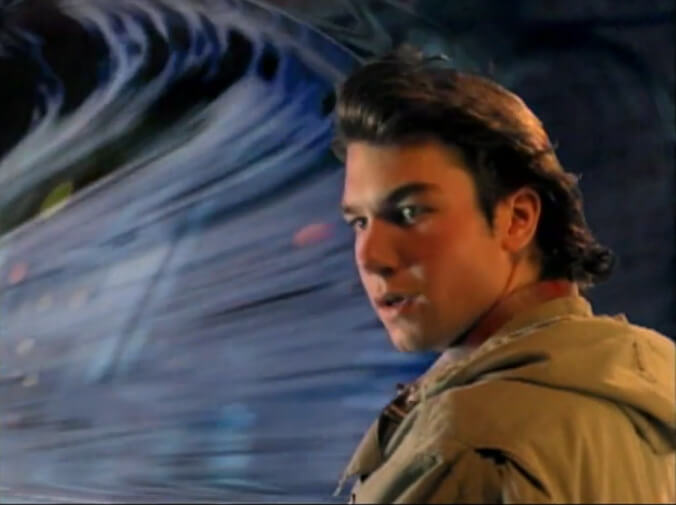
It’s kind of like a parallel universe in which time travel has been replaced by, well, parallel universes. Sliders sends physics prodigy Quinn Mallory (Jerry O’Connell) “sliding” between dimensions in an ongoing quest to return to his own, accompanied by his friend Wade Welles (Sabrina Lloyd), professor Maximillian Arturo (John Rhys-Davies), and—in the role of the layman accidentally roped into their wormhole-spelunking—comeback-bound soul singer Rembrandt “Cryin’ Man” Brown (Cleavant Derricks). Beset by cast changes (only Derricks would stick around for the full run) and the indifference of both Fox and what was then called The Sci-Fi Channel, Sliders nonetheless managed to plunge late-’90s primetime into a crash course in alternate history, without ever taking itself so seriously that it couldn’t replace O’Connell by merging Quinn with one of his alt-universe counterparts. [Erik Adams]
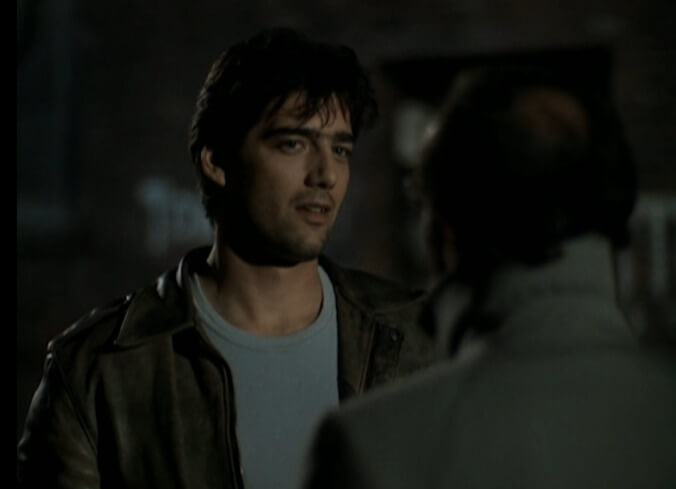
Vinnie Terranova (Ken Wahl), a federal agent working deep undercover, insinuates himself with all manner of criminal scum—mobsters, white supremacists, rogue government agents—in order to bring them down, but not without some cost to his soul. An unusually dark and gritty series from the prolific producer-creator Stephen J. Cannell, Wiseguy broke its seasons up into longer story arcs that enabled the writers to sink their teeth into the different thriller milieus the hero was dropped into. It also allowed for phenomenal performances by some of its guest stars, such as the late Ray Sharkey, in the role of his life as the likable mob boss Sonny Steelgrave, and a then-unknown Kevin Spacey as the deranged, genius-level sociopath Mel Profitt. Both those actors appear in the first season; the later seasons are more uneven, but do include such unlikely attractions as Jerry Lewis as a garment manufacturer besieged by the mob (in the person of the young Stanley Tucci) and a small-town serial-killer storyline that predates , which premiered months later. []
